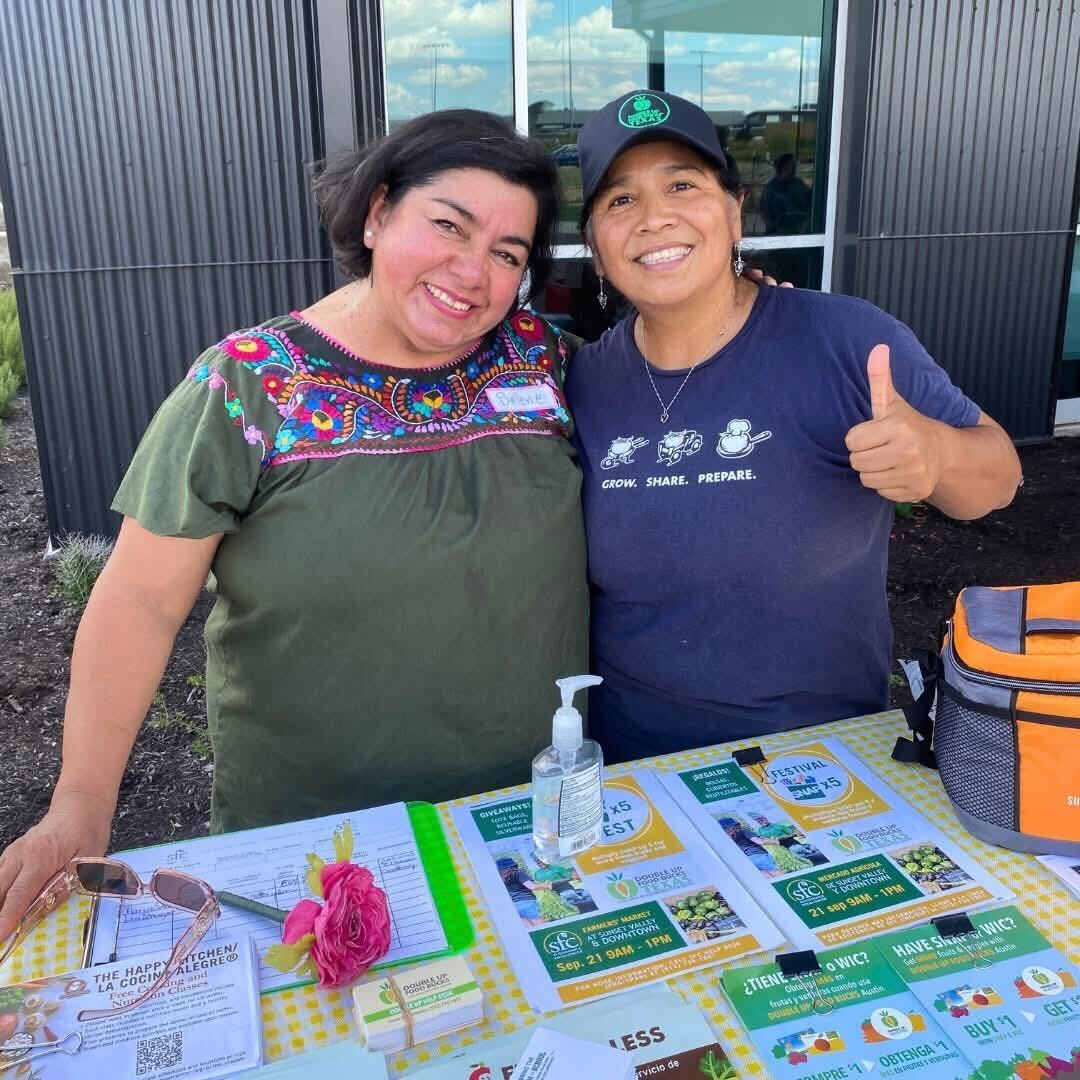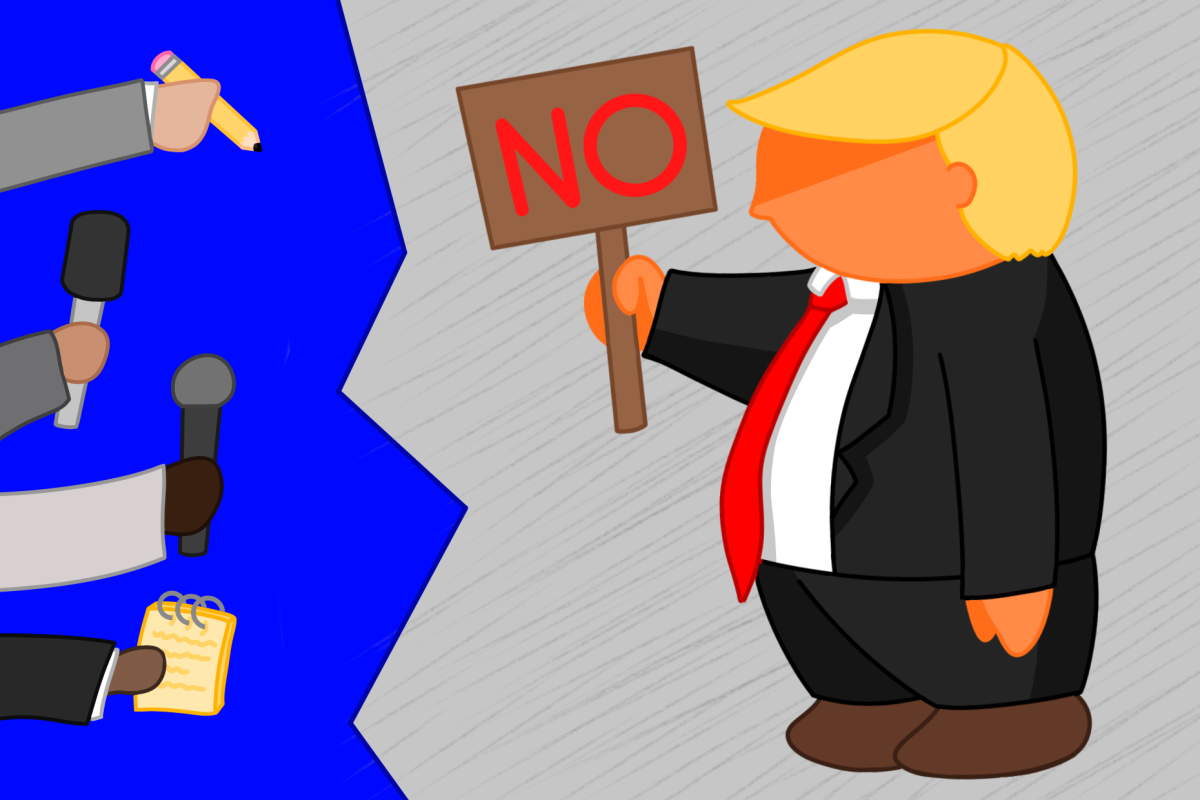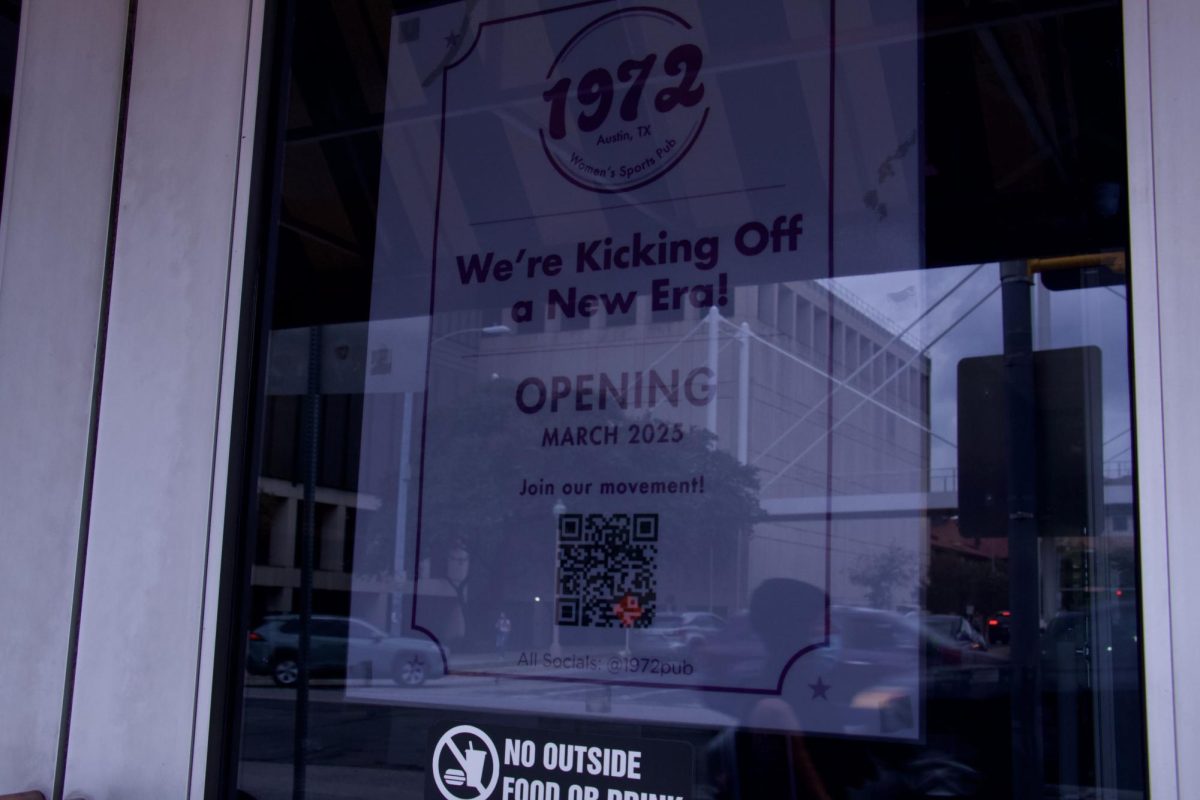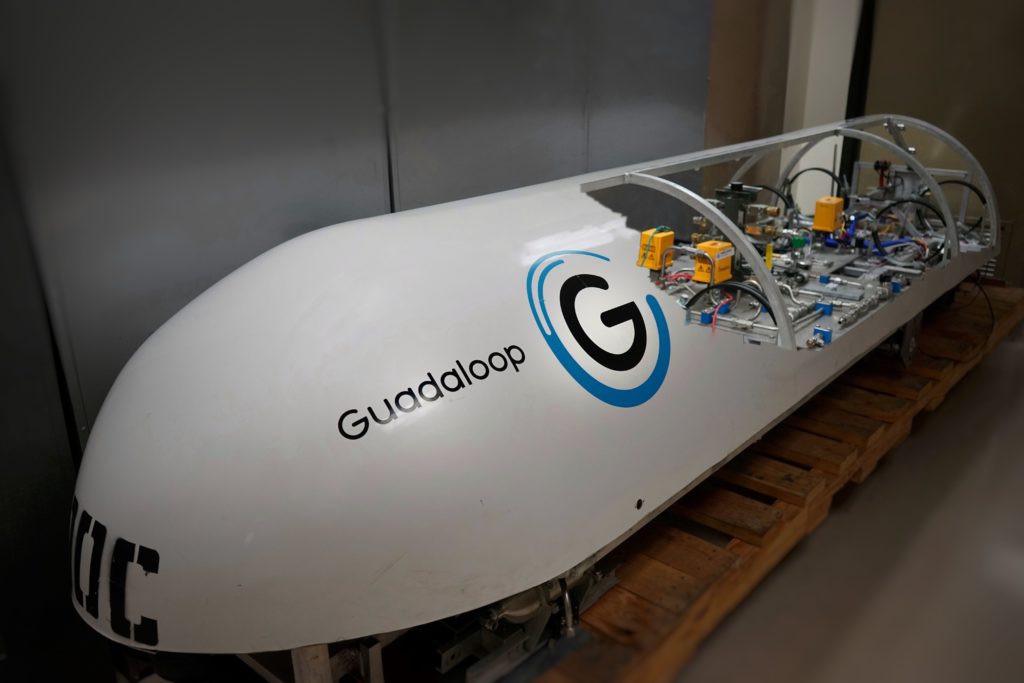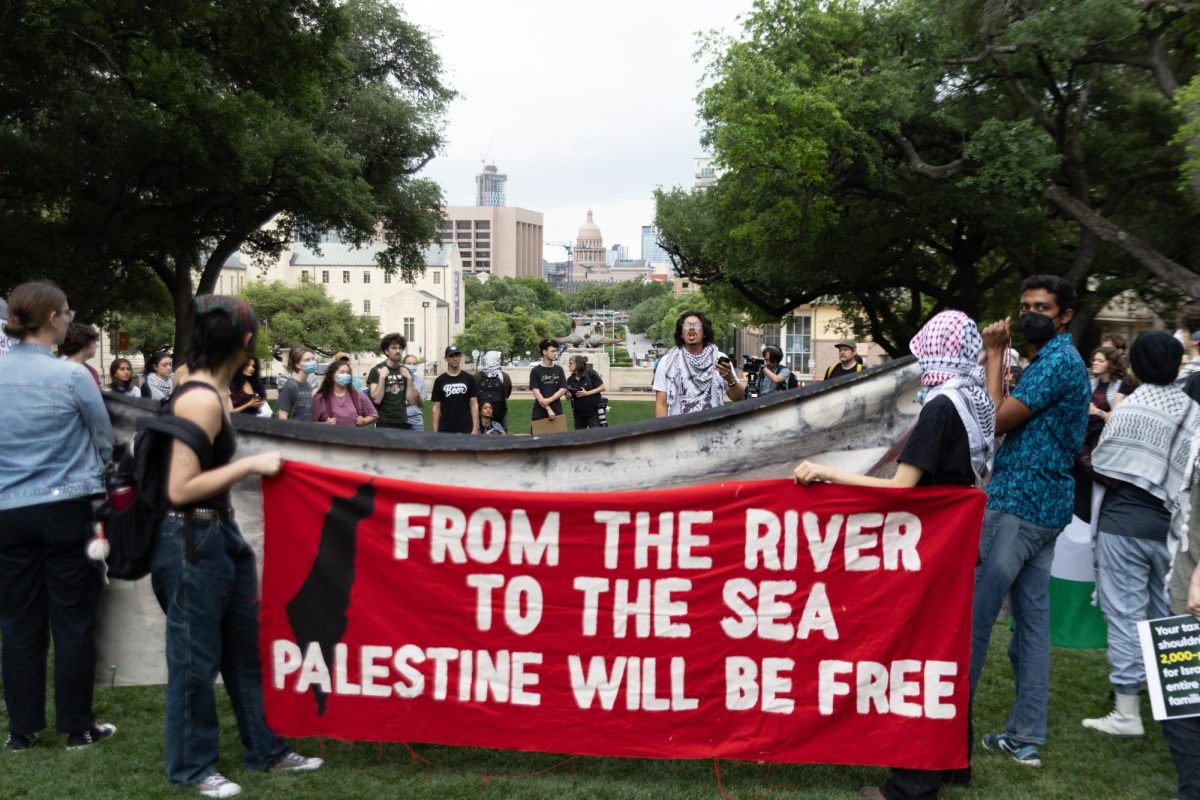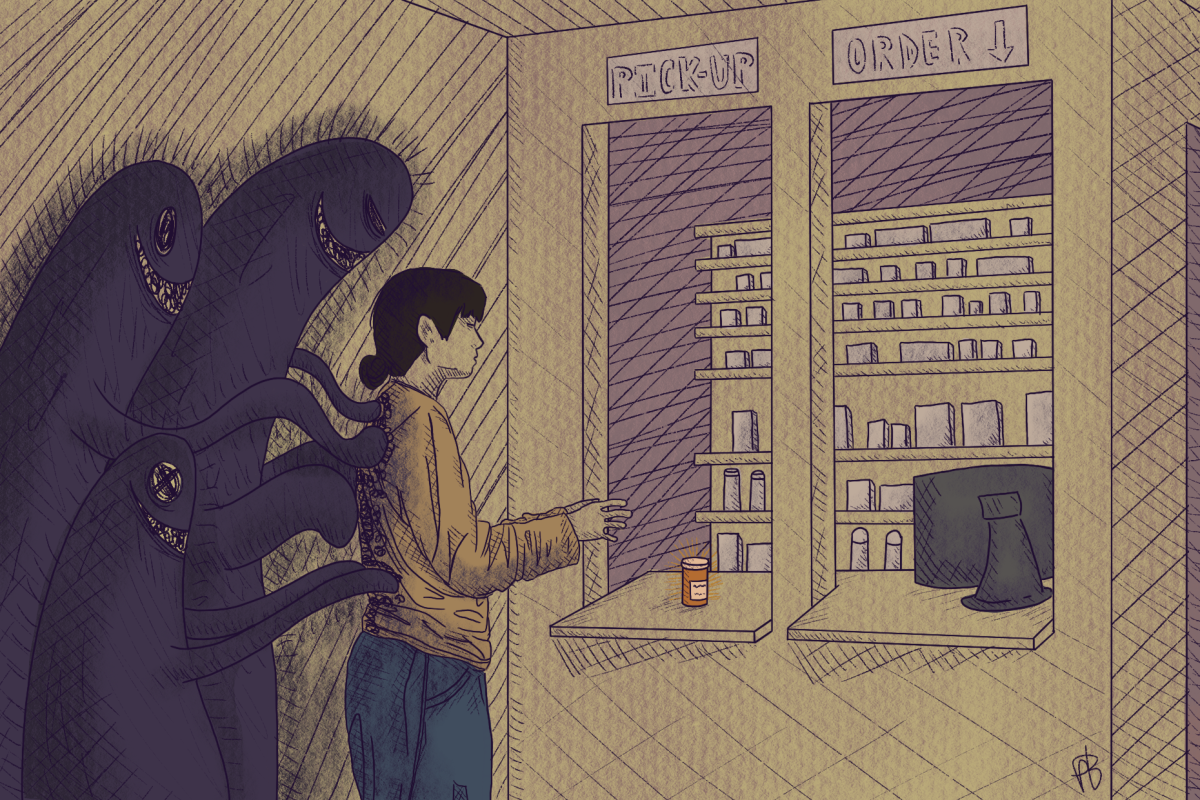Ever since it first started about four years ago, Texas Guadaloop is a student organization that continues to make strides in both the scientific and technological communities. Each year the organization competes in Elon Musk’s SpaceX Hyperloop Pod competition after putting in over five thousand hours of work into their own design, assembly, and testing. The competition traces back to Musk’s 2013 white paper publication on the theoretical idea of hyperloop.
“The basic idea behind hyperloop is you want to reduce resistance and normally on this planet we have two main points of resistance with something like a train or a car. One is friction against the ground because of gravity and mass and the other is air resistance because you’re breaking through, you’re trying to occupy the space that air is currently occupying,” Javier Bonilla, Head of Business for Texas Guadaloop, said. “The idea behind it was to remove both of those restrictions.”
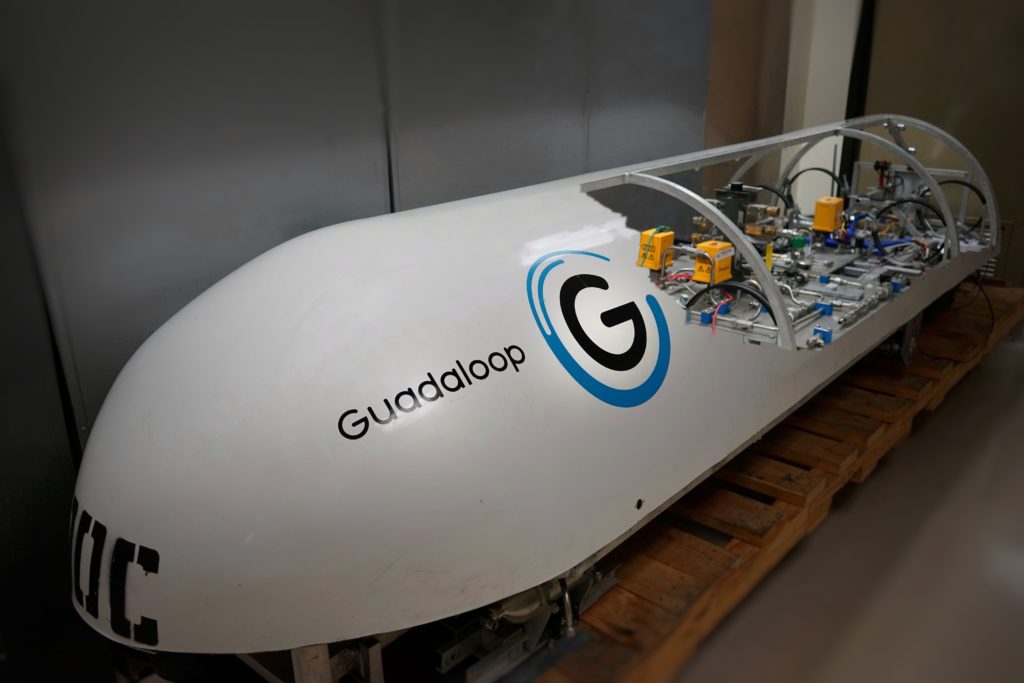
In order to remove the restrictions that people face when using traditional modes of travel, such as planes or cars, is to levitate using air. Texas Guadaloop’s pod features four air bearings underneath to help it do exactly that.
“You can imagine it [an air bearing] is kind of like air hockey, but instead of the table pushing air out it is the ‘puck’ itself pushing air down onto the table. So we have four ‘pucks’ underneath the pod which produces a very thin layer of air which reduces the friction significantly. If you want to get very technical, we’re actually powered by an electric motor, so that’s what actually makes us move forwards,” Bonilla said.
The concept of a hyperloop transit system is backed by multiple theoretical benefits.
“The benefits to this type of transportation that, one, you can reach significantly higher speeds with significantly less energy required to reach those speeds,” Bonilla said. “It takes significantly less energy and, because of the high speeds, it will take significantly less time which will really reinvent the way we move and we commute.”
According to Texas Guadaloop, traveling from Austin to Dallas would take about thirty minutes versus the usual travel time of about three hours.
“You reduce a lot of the cost that you would have with things like an airplane. So it takes around the same time to actually fly there but you need to arrive early to the airport. It has a lesser cost on society. Finally, if you want to take it incredibly theoretical, what you could do is, in order to have the pod inside a vacuum you need a tube, and you could cover all of the tube with solar panels. So the system itself would be an energy producer rather than user. So you could be producing more electric energy than you’re using to move people around,” Bonilla said.
In order to better gauge the impacts of hyperloop transportation, Texas Guadaloop is dedicating a portion of its team dedicated to impact analysis.
“We’re looking at economic impact, disability, [and] environmental impact,” Bonilla said. “To be completely honest there’s a lot of physical impediments to having a true hyperloop system. I think what’s going to end up happening is we’re going to have an adaptation of the theory into real terms, especially because of the risk involved. Going at such high speeds, it’s very hard to turn. So you really need a fairly straight line from point a to point b, which obviously makes it incredibly complicated given our current infrastructure and land rights.”
The next SpaceX competition, taking place in 2020 in Hawthorne, California, will be the fourth SpaceX that Texas Guadaloop attends.
“For the past few years we have made it to the finals round and that is what we are expecting for this year. So hopefully we’ll be at the finalist’s round this summer in California,” Yile Cen, who goes by Jireh and is the Public Relations Chair, said.
Along with two innovation awards from the SpaceX competition, they have also received numerous other honors, including the Global Students’ Design Showcase Award and the Longhorn Startup. Still, according to Bonilla, the ultimate goal is to get into the finals round for SpaceX, which is a process that begins when school starts.
“It’s a grilling,” Bonilla said. “Project cycle begins in August. The August of every year it starts, you come up with a design. Around late November you submit a preliminary design to SpaceX. So spaceX engineers will review your designs and they’ll review the feasibility of you getting the funding necessary to build that prototype. If they think your design is worth it then you advance to the next round….once you finalize your prototype, and this should be around July, then you go to Hawthorne, California, SpaceX headquarters, where they have their own 1 mile hyperloop tube, and you have one week of testing.”
The testing done at the SpaceX headquarters includes thirty to forty tests. Three to four teams are selected to be in the final round, where they have the chance to raise their pod in the vacuum sealed tube.
“We haven’t been able to do that yet so this year, with MIT, we ended up placing 5th out of the world. We’re the best out of all US universities but it was still not enough. The main goal for this project cycle, for the 2020 competition, is to actually get inside of the vacuum tube, so place in the top three to four teams in the world and then, if we do that, get a chance to race at full speed,” Bonilla said.
To create a hyperloop pod, the cost is about fifty thousand dollars. According to Bonilla this large sum would be impossible without their sponsors, which include companies such as Vrbo and AeroGo.
“[Sponsors are] incredibly important. Nothing would happen without them, from many fronts. From monetary terms, it takes a lot of money to complete a project cycle,” Bonilla said. “From the school we don’t get any funding but they give us access to a lot of other things…we have access to all of the resources student organizations get access to, we have access to advisors, we have a workspace up at the JJ Pickle Research campus where we keep our prototypes and equipments. They also let us built a 150 foot track there where we can do all of our basic testing so we know things are going according to plan.”
Sponsors have their branded stickers placed on the pod and become a sponsor by purchasing a package, according to Cen.
“The offer in return that we give them is, one, access to very capable and motivated group of students. We end up committing between 5,000 and 10,000 hours every year to complete the whole cycle,” Bonilla said. “So they [sponsors] know they have a very dedicated group. We have engineers, computer sciences, finance majors, we have graphic designers, we have web developers- so we have a very wide variety of students. It’s a very interdisciplinary endeavor.”
Those looking to join the team usually have to wait and apply in the fall because it is a year long commitment due to the project cycle. A little under fifty percent of applicants are usually accepted. The organization recently adopted a new incentive for students to commit to the entire cycle.
“We have a deposit system so instead of charging dues like most student organizations do. We charge a deposit, so you deposit $30 at the beginning of the project cycle and if you complete the project cycle you get $40 in return. So you make a little interest. If they can put their money where their mouth is, it’s more likely we can count on them. We just started [it], so let’s see how it goes,” Bonilla said.
Bonilla was a pivotal part of the effort to increase the awareness, funding, and the size of the organization. Texas Guadaloop is aiming to keep his efforts alive and attract new students from all majors and backgrounds.
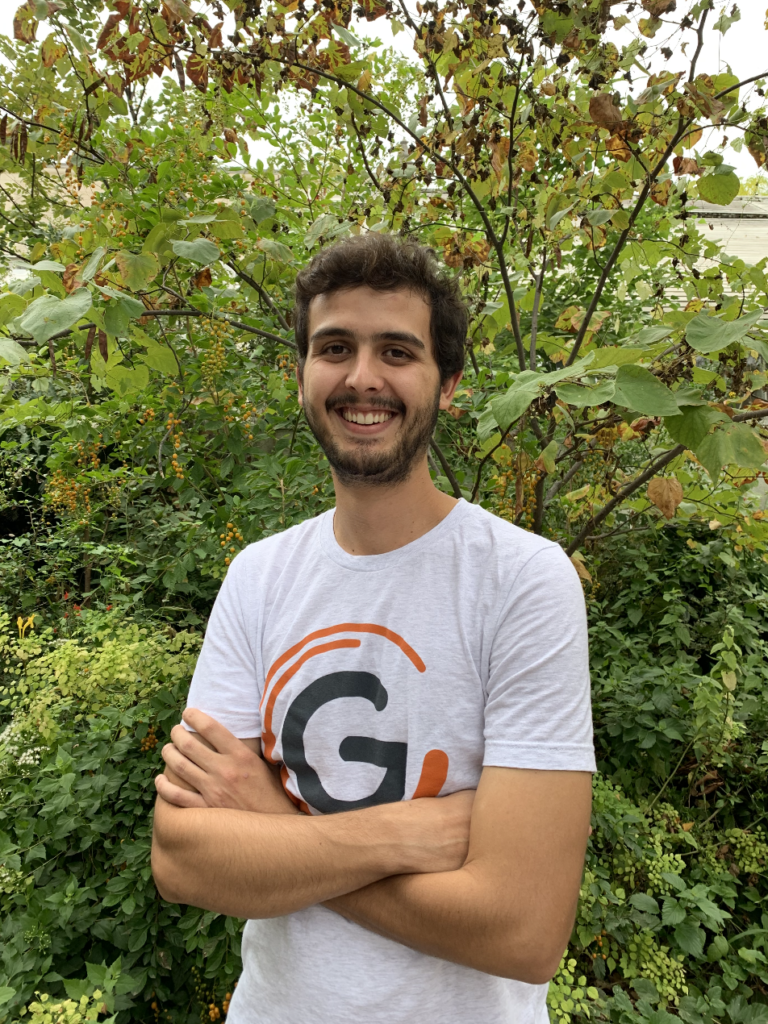
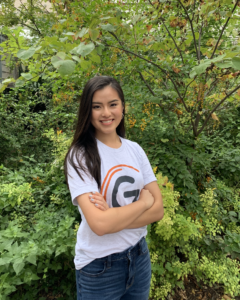
“Me as a freshman coming in, Javier really has done a lot of Texas Guadaloop,” Cen said. “I really agree with what he said, especially with other seniors leaving who have stayed with Guadaloop for a long time, I would really like to…learn to take on those roles as quickly as we could and to solidify the org and to bring new blood into it,”
While Texas Guadaloop strives to do well in competitions, the overall goal is to empower the students involved in it. Bonilla will be graduating this winter, leaving the organization in the hands of the younger students.
“It’s been a phenomenal experience for me personally. It’s taken a lot of work to get it to where it is today…I can definitely see the returns. I’m certainly a different person from when I started the organization. I just wish we could do as much for as many people as possible as this has done for me,” Bonilla said.





